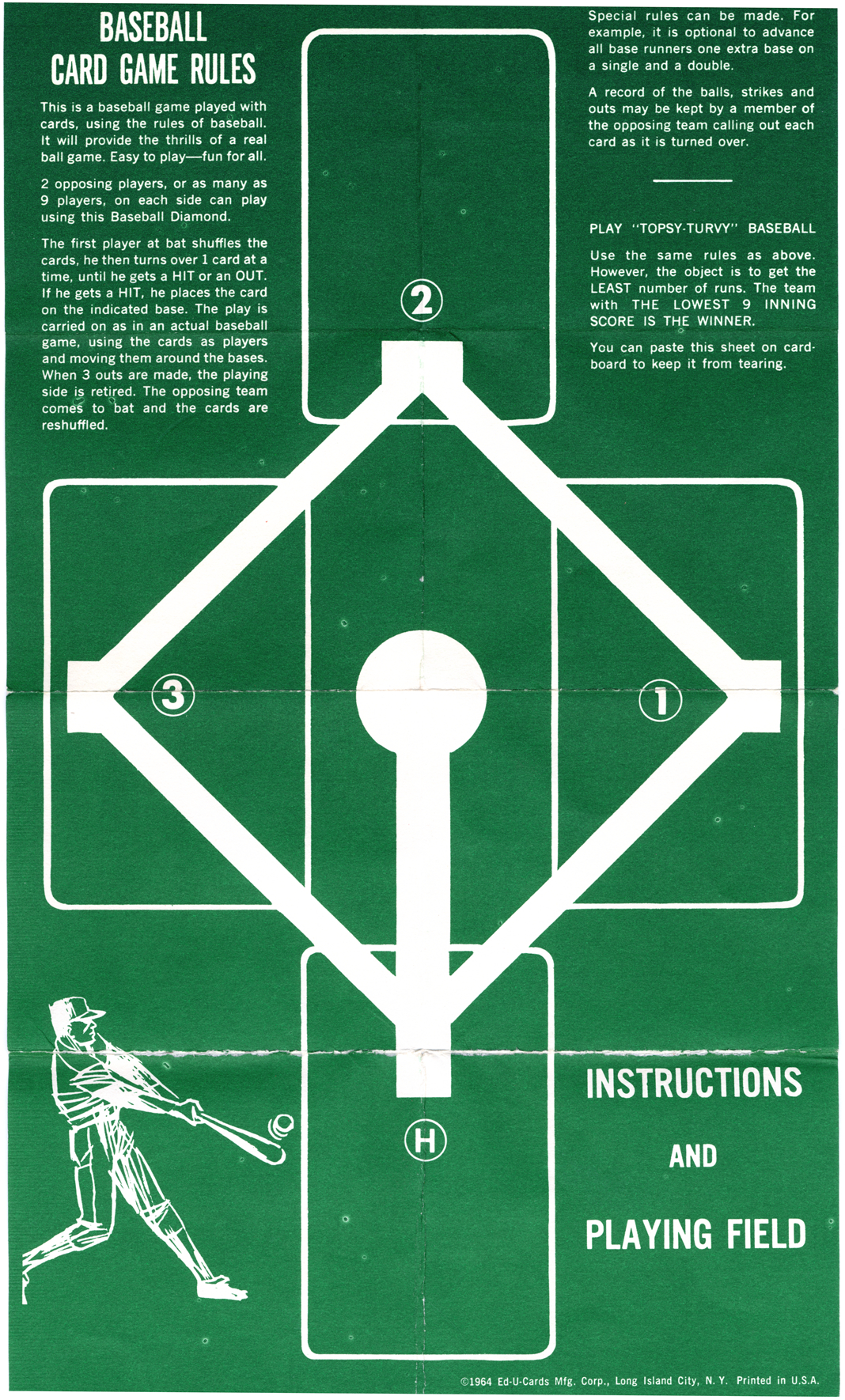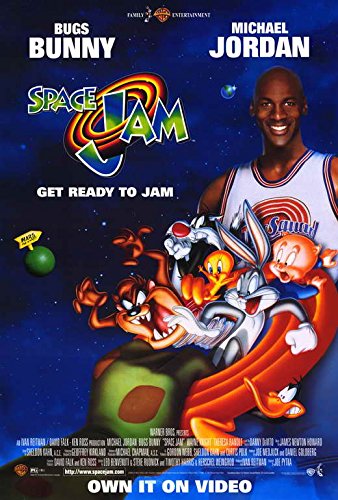Baccarat Baseball: A Solitaire Baseball Sim
 Source: Detroit Public Library Digital Collections
Source: Detroit Public Library Digital Collections
In case you couldn't tell with the prior entries about Blaseball or the Cosmic Baseball Association, I've had a lifelong fascination with baseball simulations. I spilled a lot of ink as a kid drawing up roll tables for simple 2d6-based baseball games. Many of these games were not... shall we say, statistically accurate (usually a ton more triples, a ton more reaching base on error, and practically no stolen bases). But they were fun! I sunk a lot of hours in the basement with these dice games, but also other variations: darts baseball (some dartboards have a little baseball game on the verso), coin flip trees, baseball-themed pinball machines from the dollar store, even weird BASEketball-esque hybrid sports. To this personal pantheon I will add what I have called Baccarat Baseball, a rudimentary but fun little baseball sim that plays like One-Handed Solitaire and requires nothing but a pack of cards and a firm grasp of grade-school math.
The core mechanic of the game is flipping two cards, adding the values together, and dropping the tens. Face cards are worth 10. You know, like in Baccarat. Hence the name.
Plate appearances are resolved in up to three different phases: the at-bat, the play, and the hit. Here's the results chart:
Phase 1: The At-Bat
- 0-2: Ball
- 3-6: Strike
- 7-9: Ball in play; proceed to Phase 2
Phase 2: The Play
- 0-2: Fly ball, batter is out
- 3-6: Ground out, batter is out
- 7-9: Batter is on base; proceed to Phase 3
Phase 3: The Hit
- 0-3: Single, all runners advance one base
- 4: “Long single” (same as a regular single, only the lead runner advances two bases)
- 5: Double, all runners advance two bases
- 6: “Long double” (same as a regular double, only the lead runner advances three bases)
- 7: Triple, all runners advance three bases
- 8-9: Home run, everybody scores
Keep pulling cards until there are three outs, then shuffle your deck. Change, rinse, repeat.

So in this example, our batter took the first pitch for a strike (10+3=13, mod 10), hit the second pitch into play (6+3=9), and ground out (10+5=15, mod 10).

In this at-bat, our batter took a ball, then a strike (3+8=11, mod 10; 3+10=13, mod 10) before making contact (10+9=19, mod 10), getting a hit (4+5=9), and making it safe to first (5+8=13, mod 10).
You can make up house rules to account for events unaccounted for: you can add jokers for fielding errors, determine that a matched pair of twos, threes, or fours during an at-bat is stealing second, third, or home, whatever. I have a house rule for determining swinging strikes (a strike where the two drawn cards don't match colour) and looking strikes (a strike where the two drawn cards match colour).
Games are pretty short, clocking in at about 20 minutes, a bit more if, like me, you're a bit more involved with your scorekeeping. Have fun with it, and play ball!
 art by
art by 